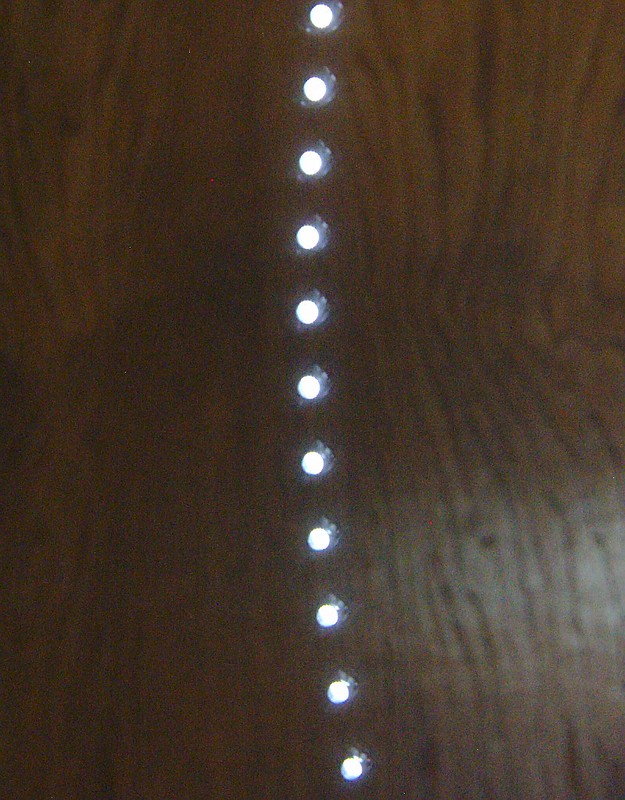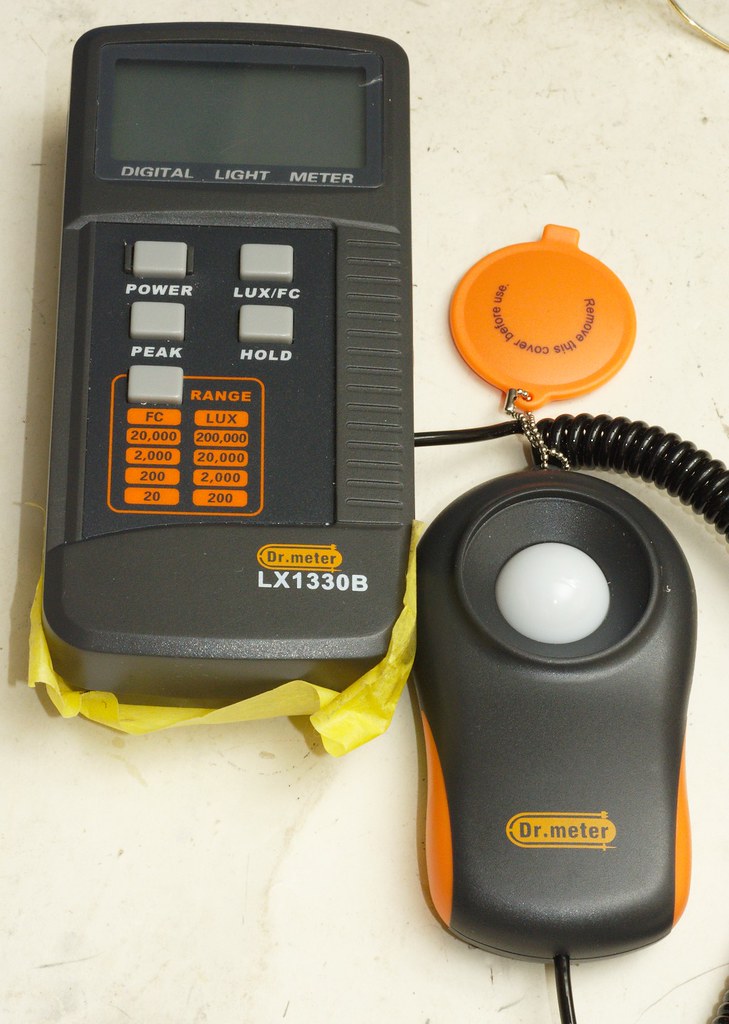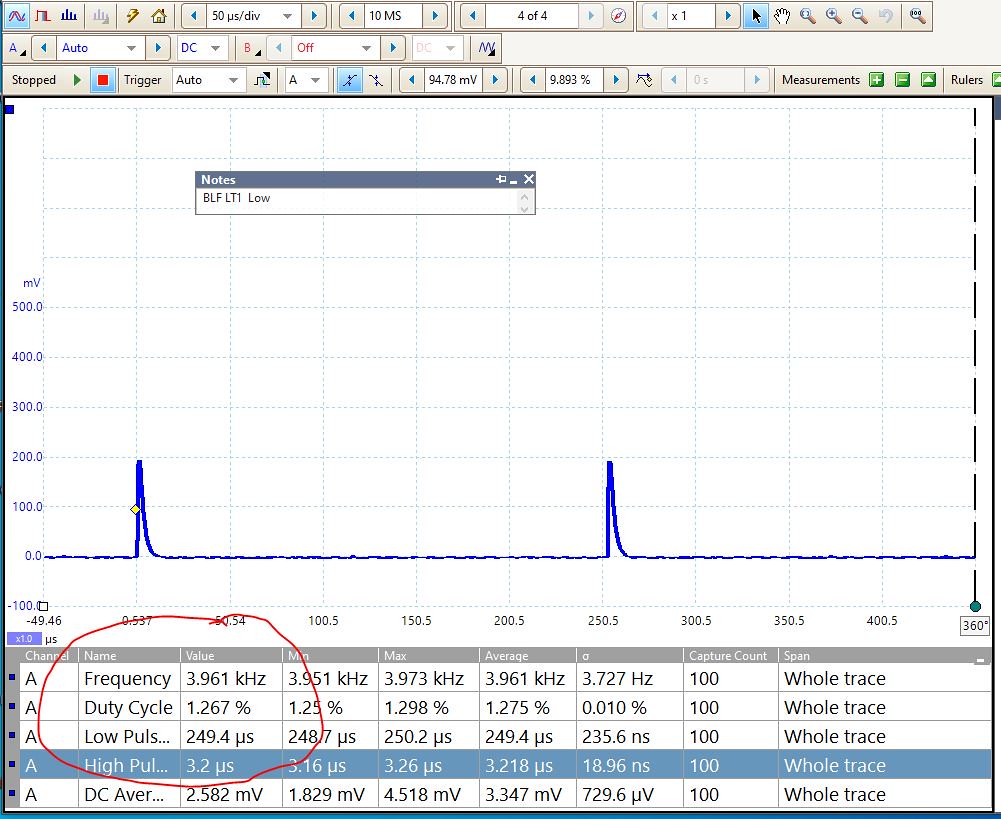I believe you are correct.
Solid state electronics sometimes do make noise. I’ve heard SSDs in computers making noise when really working and the case was was open on my test bench.
Over on the 21700 light thread, zappaman mentions he has 2 Sofirm C8Gs, one sings, the other is quiet. Why?
On the LT1 the 3.96kHz pulse of the lowest brightness is well within the audible range.
The extremely short duty cycle perhaps adds to the possibility that something is singing inside the light.
Somewhere TK mentions using a light pulse to move fabric to look at modulation. I may be having a senior memory of this instead of a real memory of this…
The 16kHz PWM of the LT1 running brighter, is withing the range that some of us can hear (and by some of us I mean me 45 years ago, and those with doggie hearing).
= = = = = Time for one of my rambling rambles …
PWM can significantly affect the quality of light. Anything in the visible range can run from annoying to causing headaches and eyestrain.
I have measured lamps that have PWM in the 100Hz range (turns off an on 100 times per second). Simply awful.
Seeing PWM is as easy as starting with the light in a dark room and waving your fingers quickly in the beam.
A light with poor PWM will look like an old time movie, kind of stop motion jerky.
You can photograph PWM by setting a camera exposure to half a second and wave the light as fast as you can through the frame.
The light will show a series of blobs instead of a smooth streak.
For example here is the output of a Nitecore TUBE on low. A 500Hz squarewave, with a very short duty cycle.


As you can see the light is only on for a short period.
Another way to look at it is in the frequency domain.

Here we see amplitude plotted against frequency.
The main peak is at 500Hz. The PWM of the light.
All the other peaks are harmonics that are caused by the square waveform.
If this was an audio signal, we would hear the 500Hz tone, and all the other harmonics running up the frequency scale.
A wave of the light in front of a camera we see spots, not a streak.

So we are really looking a light that is flashing 500 times a second.
TK had a thread about it a while ago
Maukka (?) had a thread about rating a light in the “Snob Index” A combination of PWM, the Duty cycle, and the shape of the PWM. Approximating flicker visibility
The O-Scope shots, for any unfamiliar with them, are simply a plot of voltage vs time.
The voltage is generated by a simple circuit that uses an optical sensor that reacts quickly to changes in the light shining on it.
In my case I’m using the same OSRAM BPW34S that seems to be in many inexpensive Lux meters.


That the inside of the Dr. Meter and a shot of the sensor and the OSRAM photo diode.
In the LT1 - For example, the Low setting, at 0 time there is a pulse, that lasts 3.2 microseconds. Then the light is off - 0 volts.

Then looking along the horizontal time scale, about 249.4 microseconds later is a second pulse of light.
The Duty Cycle is the percentage of time the signal is above 0.
Looking at PWM is fairly easy to do if you are a little handy and comfortable making simple curcuits.
I did a series of POSTS about using a sound card to measure PWM.
This references other threads that lead me to my interest in this stuff. Especially the huge one by Terry Oregon that tested the response of various sensors.
Anyhow, enough of my ramblings. About scopes and PWM.
———-
The PWM of the LT1 is quite unique owing to the 2 flavors of LEDs and the PWM used to control them.
I’ll try and see if I can do a video which should show what’s going on better than the still captures I posted.
All the Best,
Jeff